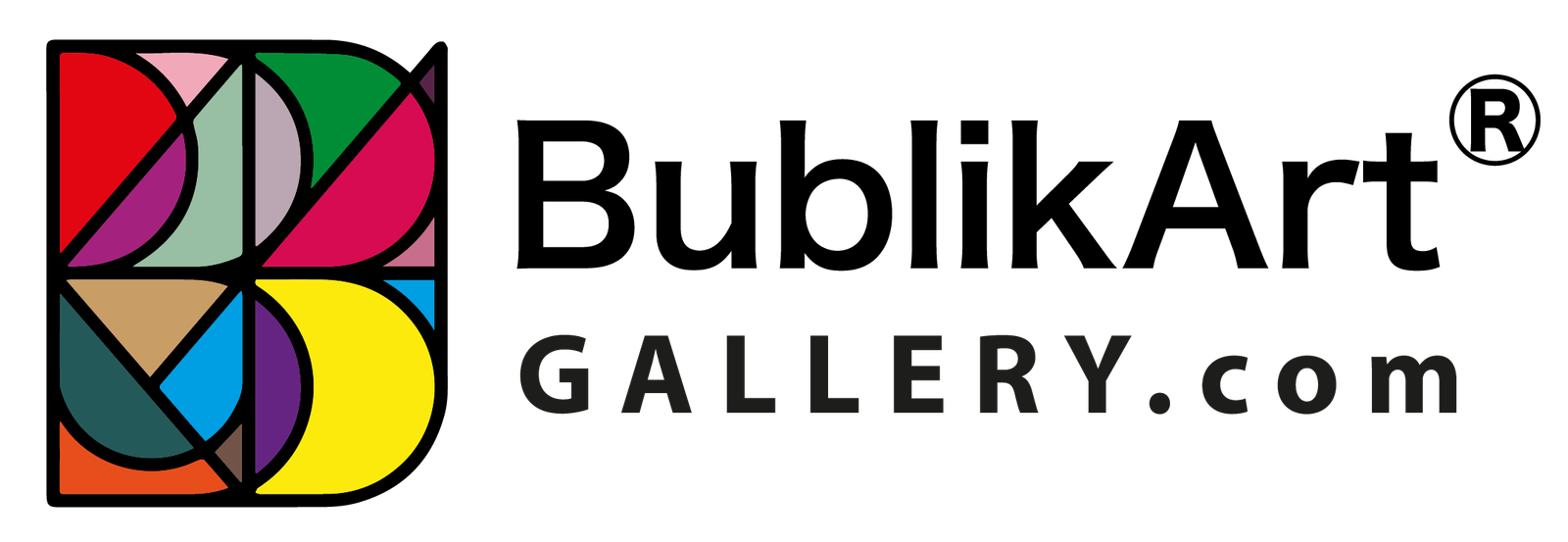Khaled Sabsabi has spoken out about the emotional distress and career damage he has suffered since Creative Australia dumped him as its selected artist for next year’s Venice Biennale.
The Sydney-based artist says a “cloud of misinformation” swirling around his work had led to Creative Australia’s decision to rescind its 7 February announcement that he and curator Michael Dagostino would represent their country at what is arguably the world’s most prestigious art event.
“On the impact side, it’s been really, really devastating—physically, intellectually and emotionally,” Sabsabi tells The Art Newspaper.
“I am exhausted. I am not sleeping well.”
A series of articles in The Australian newspaper, published just after Sabsabi and Dagostino were named as the selections for Venice, led to them being dropped within a matter of days.
In the articles, it was implied that two early-career works by Sabsabi could be read as glorifying terrorism. The works, titled You (2007) and Thank You Very Much (2006), feature a composite of images of Hassan Nasrallah—the deceased former Hezbollah leader who was classified as a terrorist—and jumbled footage of the destruction of the Twin Towers on 9/11 respectively.
Sabsabi vehemently refutes any such reading of these works. He decries the fact that no one from Creative Australia had approached him to put context around the two works after a question about them was raised in the Australian parliament.
“All they had to do was go to those institutions that have shown all those works and ask them for artist statements and it would have been clear these works are about the brutality of war and propaganda,” Sabsabi says.
Anyone who knows my work understands what I stand for. I don’t stand for any form of hate
Khaled Sabsabi
“The works were grossly misrepresented [in the articles],” he says. “Anyone who knows my work understands what I stand for. I don’t stand for any form of hate.”
Sabsabi says he and Dagostino stand firmly behind their original idea for the work for Venice and are already working to realise it there, albeit without the team they could have drawn on if Creative Australia had not withdrawn support. “I still want to make the work,” he says.
The project is under wraps, but Sabsabi has hinted that it will represent “an inclusive place”.
In the immediate aftermath of Creative Australia’s decision to reverse its selection, the Sydney-based artist reacted with silence.
But he tells The Art Newspaper he has chosen to speak out in the hope that no other artist will ever experience what he and Dagostino have gone through.
“Eventually you have to speak,” Sabsabi said.
A ‘moment of crisis’
“We are in a moment of crisis,” Sabsabi says of the Australian arts sector. “If art is politicised and decontextualised and used as a tug of war between political ideas of the day, that’s a dangerous moment.”
Sabsabi says Creative Australia has now paid him 90% of his Venice fee, as stipulated in his contract. Dagostino had also been paid by Creative Australia, he says.
Sabsasi says that the best outcome would be for Creative Australia to issue a public apology and reinstate him as artist and Dagostino as curator for the Biennale.
“Creative Australia exists to support artists and protect artistic freedom,” he says. “Those are their policies. I feel like they could have stood up for and supported us more.”
Sabsabi and Dagostino have launched a crowdfunding campaign to finance the “huge” work they are planning to take to Venice independently.
Creative Australia’s decision is already having a deleterious effect on Sabsabi’s career, according to Josh Milani of Brisbane’s Milani Gallery, which has represented the artist for many years.
In late March Monash University Museum of Art in Melbourne postponed an exhibition—which was to have included works by Sabsabi—on the insistence of the university board.
The cancellation was “a direct result of Creative Australia’s abandonment of [Sabsabi] as an artist and a human being”, Milani said in a media statement.
“They have allowed the mischaracterisation of him as a terrorist sympathiser to go unchecked. It should be clear [that] he is against terrorism and violence in all its forms, and he is against racism in all its forms, including antisemitism.
“Despite the discourse by experts over the past month refuting the basis of the decision, Creative Australia has not made any attempt to clear Khaled’s name. The spectre of misinformation about him and his work remains, and continues to dismantle and destroy his reputation. Unless the decision is reversed and he is reinstated by Creative Australia his career will not recover.”
A Monash University spokesperson told broadcaster ABC Arts that “through consultation with our communities we have identified there is a need for the museum to deepen its collaboration and engagement on this exhibition. Postponing the event will allow this important work to be undertaken.”
The Art Newspaper asked Creative Australia whether it was considering the reinstatement of Sabsabi and Dagostino and, if not, whether it was considering the appointment of any other artist to Venice next year.
A spokesperson said Creative Australia was not in a position to comment while a review into its processes for selecting an artist for Venice was underway.
“I would, however, refer you to CEO Adrian Collette’s comments during his Senate Estimates [parliamentary committee] appearance on 25 February, when he stated the decision of the [council’s] board was ‘not a reflection on the artistic team recommended for Venice’,” the spokesperson said.




